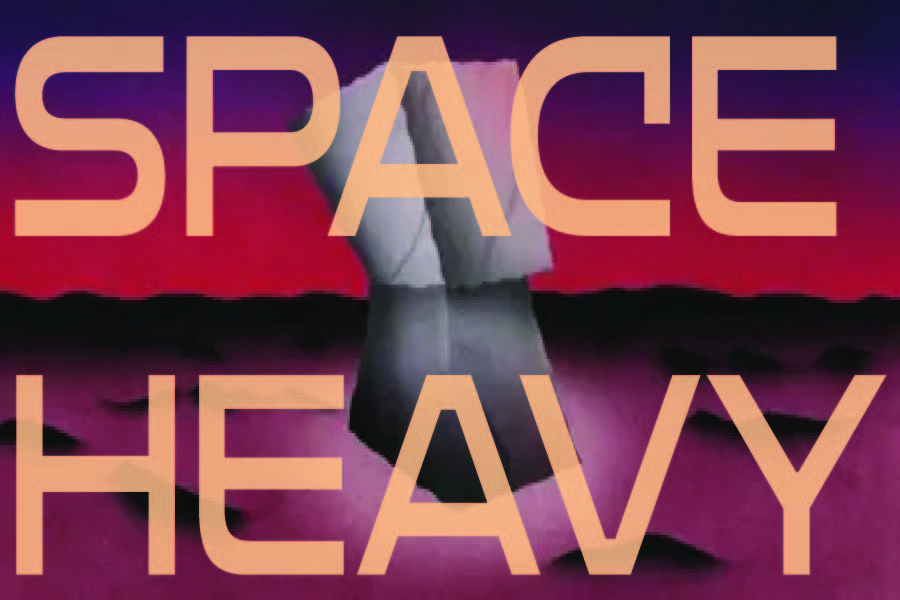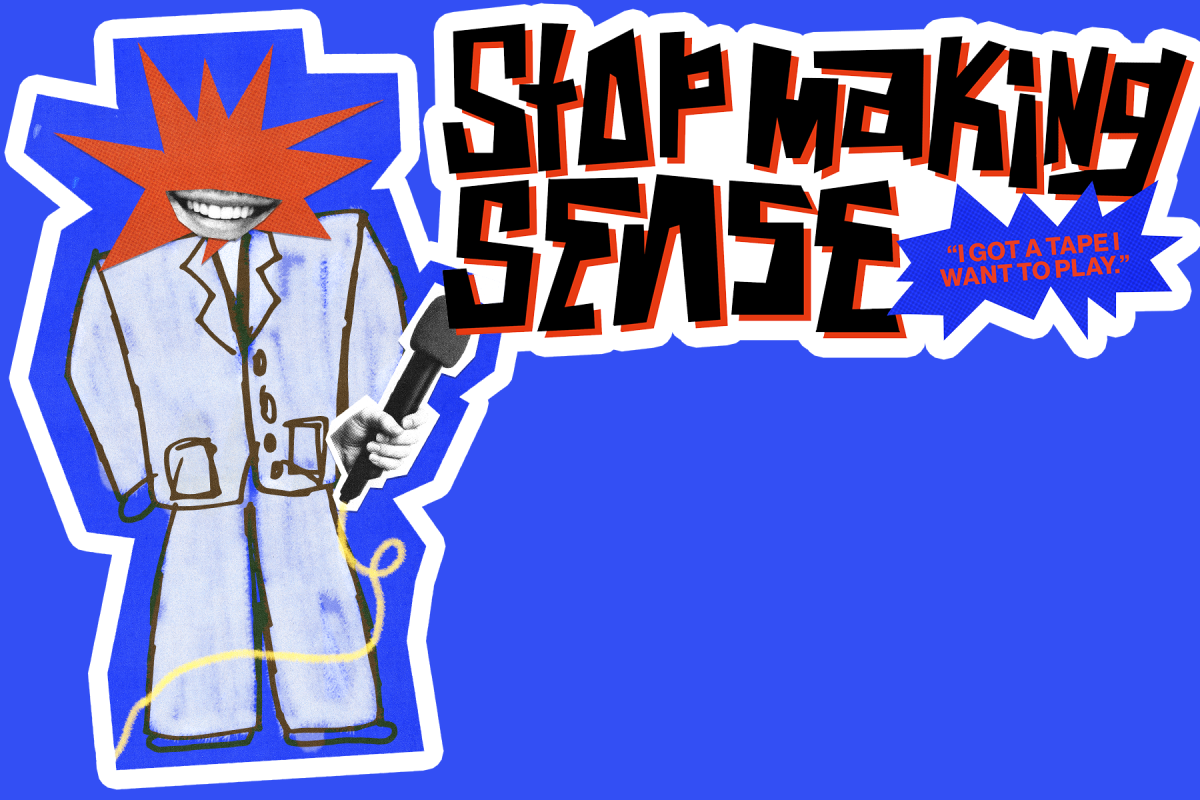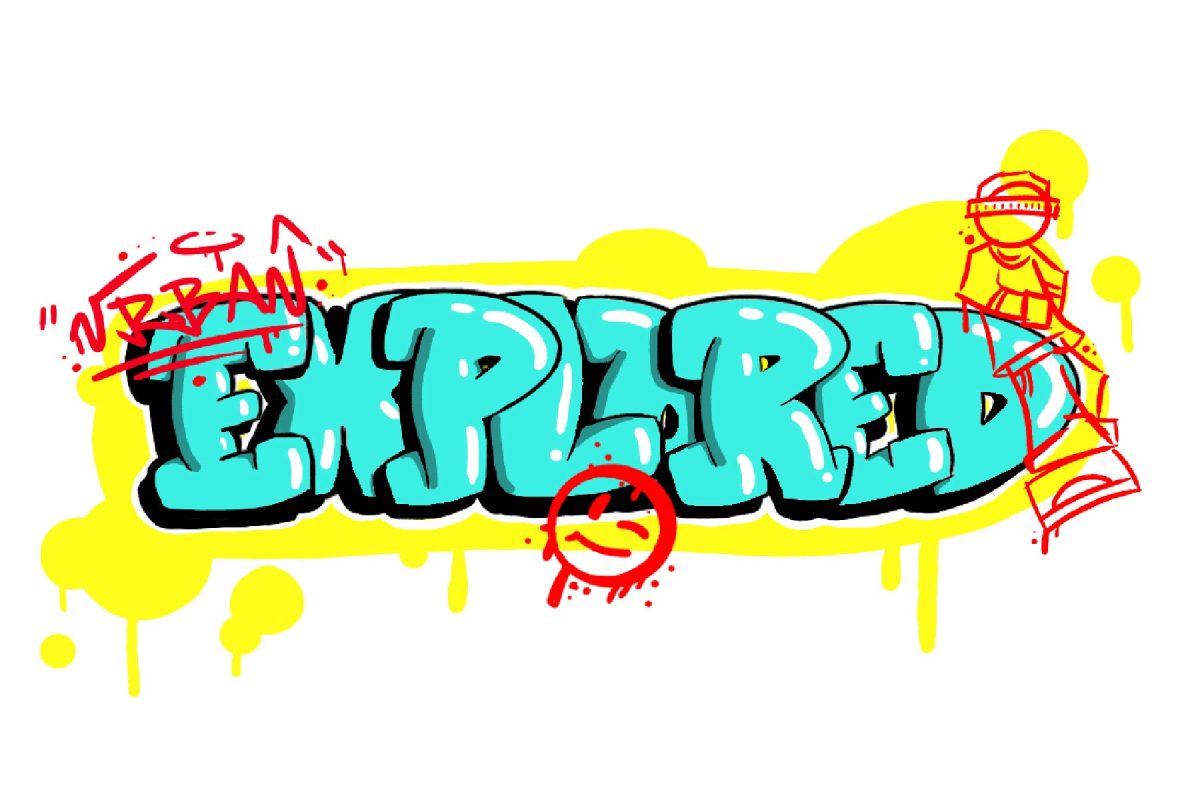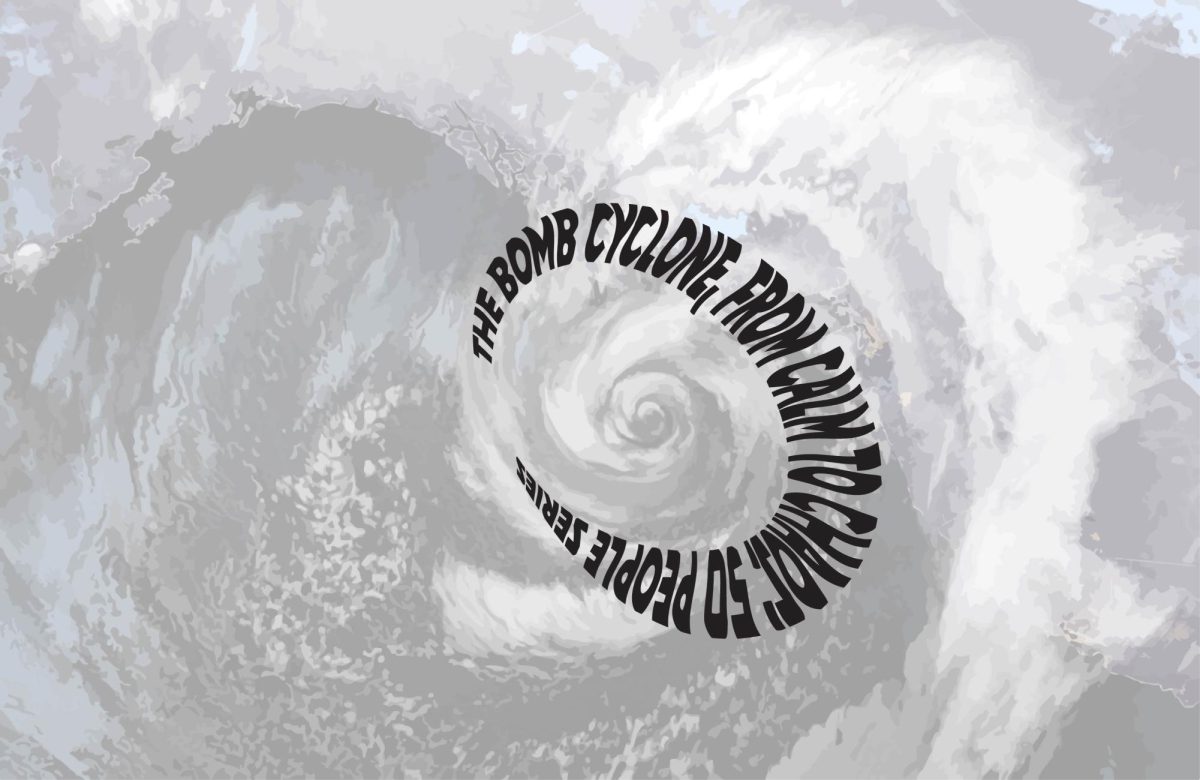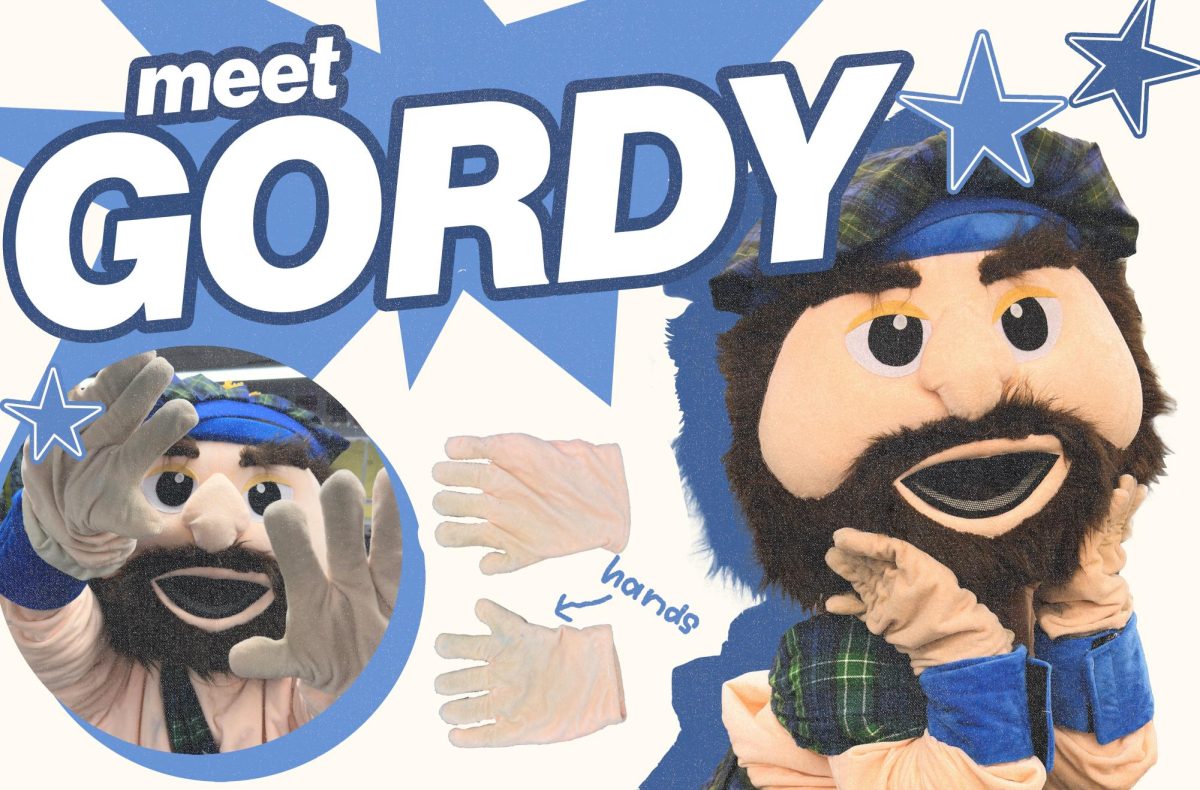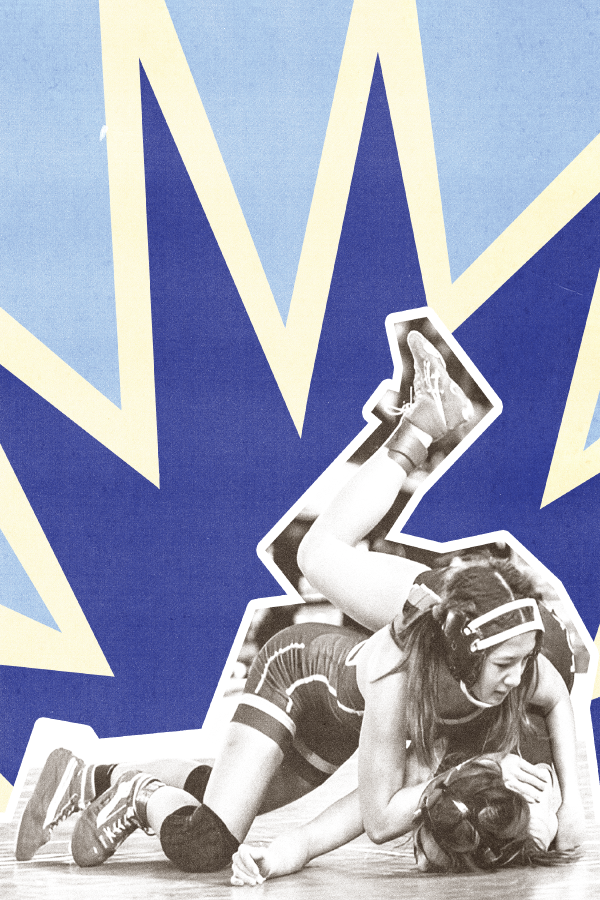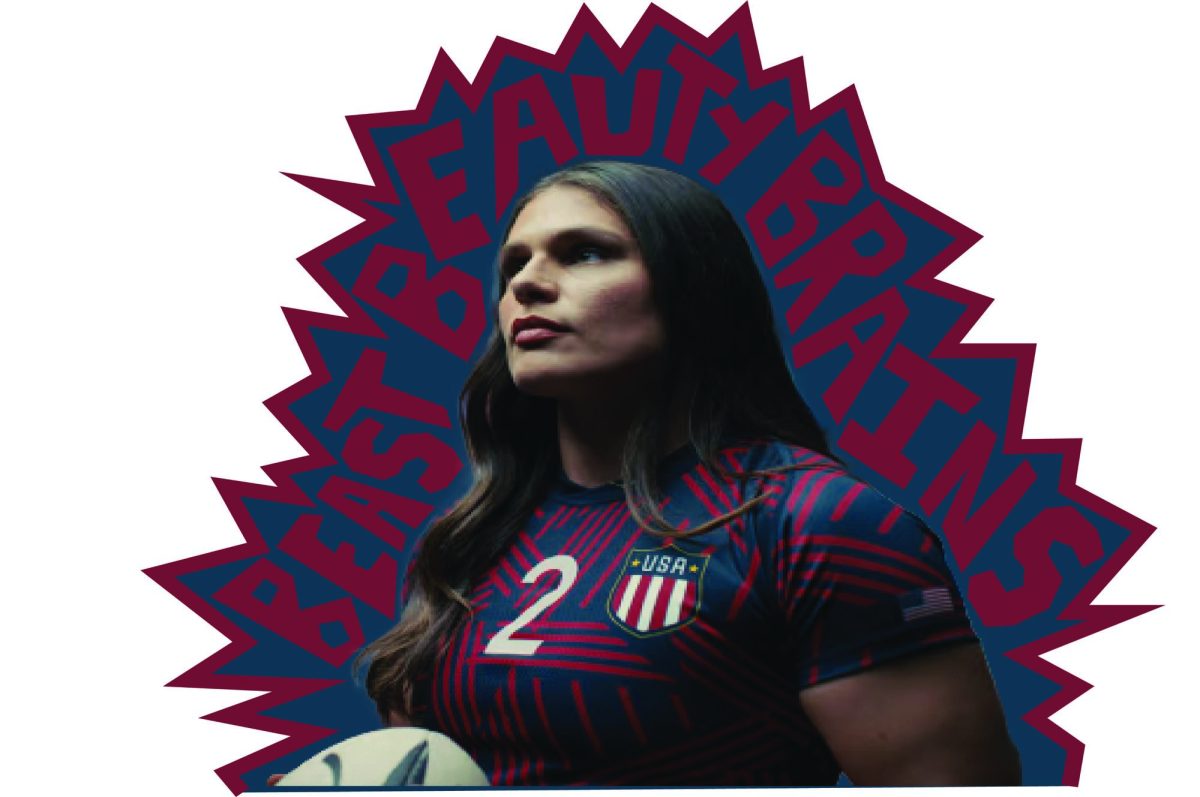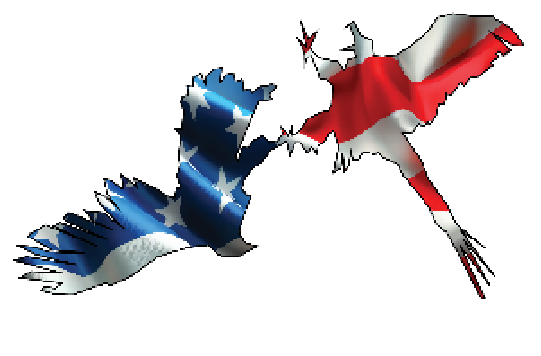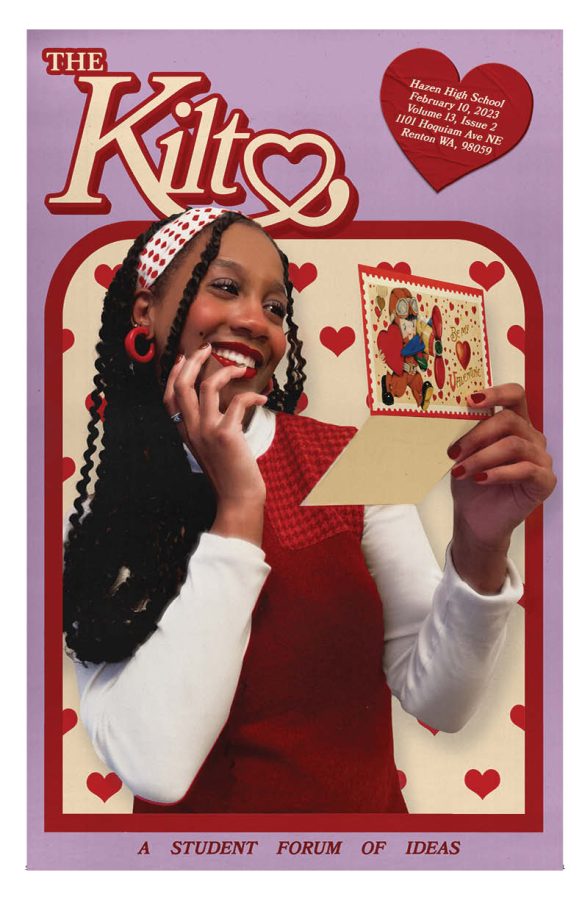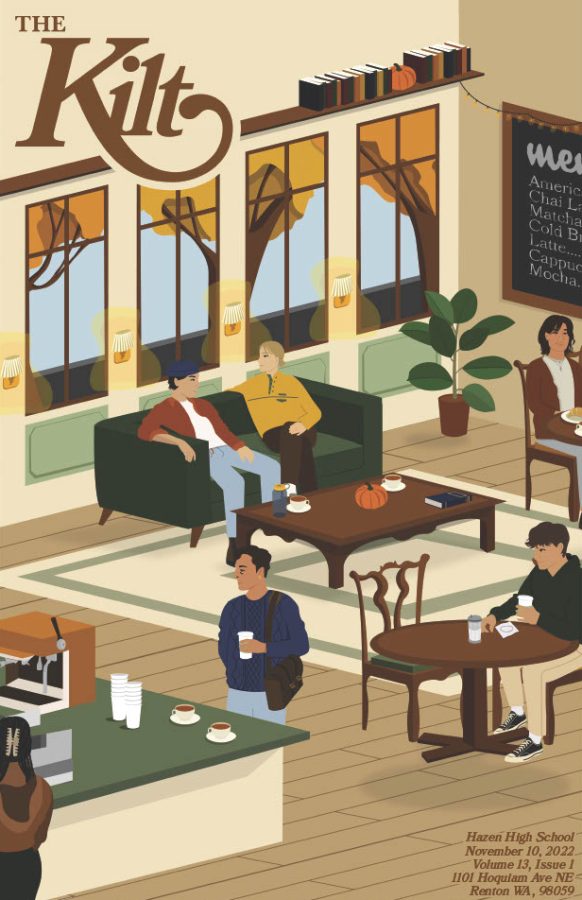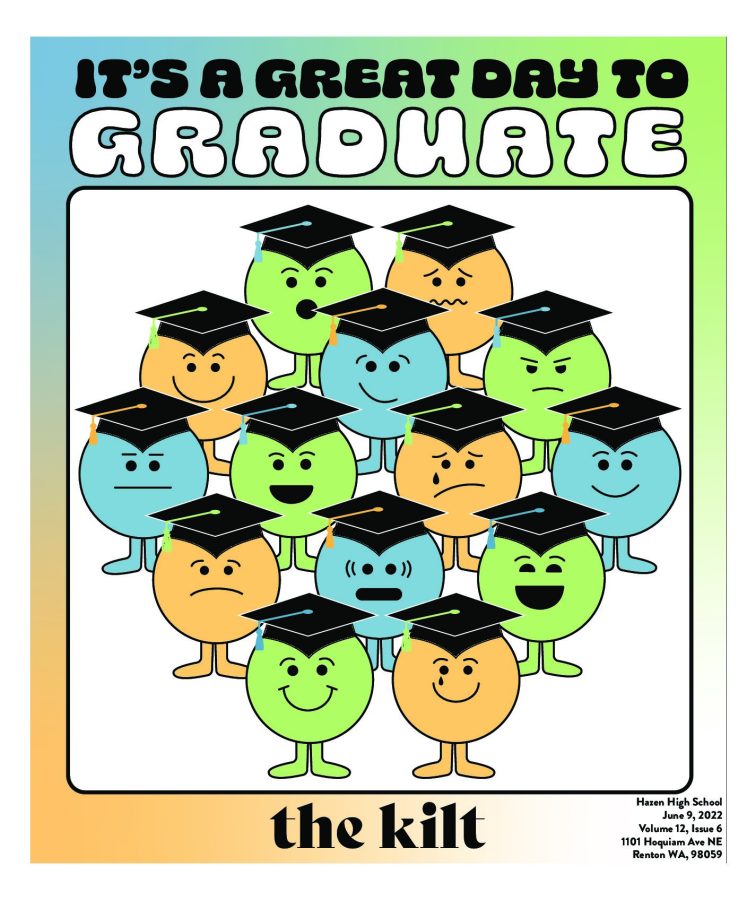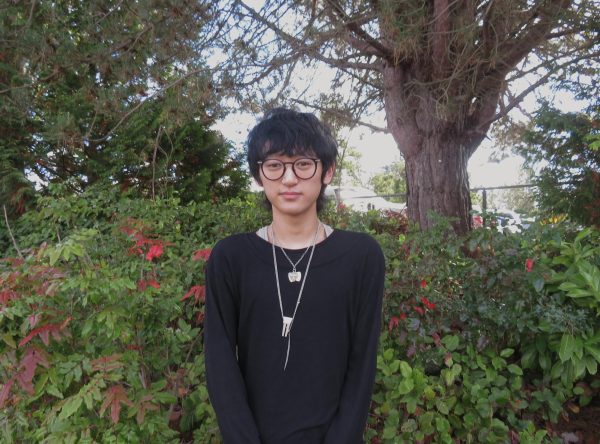The only way to deal with a meaningless existence is to become absolutely free. Your existence is an act of rebellion in itself. Imagine Sisyphus happy. You can do what you want with your life because there is no explicit direction or reason for what you should do with it. The universe is truly random, with no clear direction. Aimless, with no single idea that fuels the continuation of existence. Unlike irony, which mocks a system, absurdism believes that there is no system to mock. Not trying to explain itself in a certain way, but the action itself is the defiance.
The 20th-century French philosopher Albert Camus evolved the philosophy of absurdism, trying to develop his own viewpoint that differed from existentialism. The idea of existentialism is that life has no meaning, so you must make your own. It addresses the authenticity of life, what we do to create meaning, what lies behind the point of living, and the incomprehensibility of existence. The same question is asked for absurdism: What do you do with your existence when everything means nothing and life is meaningless?
Absurdism answers this question by saying the meaning of life can not be understood by humans. The absurd is mainly based upon the idea that implies a lack of meaning or purpose. The absurd cannot be grasped by reason. Living in an irrational world, trying to find meaning through reason. Absurdism is the idea that you accept the absurd and rebel against the suffering that it causes, refusing the feelings of angst that the idea of meaningless existence.
The idea of absurdism rose in the 20th century when the world was war-torn. Everyone was trying to find a meaning for life during a time of death and destruction. The freedom that came from your answer to a question was a repressor to the problems, and it’s resurfacing in the world we live in today. Filled with global pandemics and constant wars fought between countries, the escape from reality is found in between the lines.
Absurdism in fashion does not follow a certain direction; being free to do what you want to do, it’s nearly aimless, with no exact destination. The idea of fashion as a system (chic clothes that are subjectively beautiful, serious, meaningful clothes) does not exist. Do what you want to mix the genres (theater, comics, animation); it doesn’t matter. Irony differs from absurdism because it believes in the idea of a system exaggerating aspects of everyday life and problems.
Martin Margiela for Maison Margiela is a major inspiration for fashion even to this day. His unfinished work, exposed seams, frayed hems, and imperfectly perfect cuts showed perfection in flawed items. Deconstructing items to reconstruct them in contorted alternatives, he found beauty in faults at a time when high fashion was about the flawlessness of a garment.
Comme des Garçons under Rei Kawakubo altered the idea of clothing in high fashion. Her spring/summer 1997 collection, Body Meets Dress, or Lumps and Bumps, is a perfect example of absurdism in fashion. Intricate patterns with growths jutting out, deforming the dresses, stretching out the patterns, making them appear warped and uneven.
Walter Van Beirendonck under Walter Van Beirendonck, with the constant addition of bright colors that fight each other for attention. Cartoon-like imagery throughout most of his clothes is reminiscent of childish glee, often countered with darker, obscene motifs.
Absurdism in movies shows the experiences of the characters in situations where they can’t find the meaning or purpose for life. Subverting the expectations of film, whether it be through cohesion, consecutive storytelling, or genre limitations, it’s less of a genre and more of an outline.
Mad God is a dark, painful, confusing, violent passion project from Phil Tippett. The film took over 30 years to fully finish, and it shows in every minute detail. With a covered sun, everything rests in darkness. Violent, grotesque creatures rule over the wasteland, ditching the destroyed city or no-water desert tropes of a too far-gone earth, instead following the idea of complete chaos. A sticky, wet, furry world, the crumbling and destroyed atmosphere of the movie is someone’s hell. Where things have no rules or order, things happen because they happen.
The Coen Brothers are two brothers who direct movies together, very closely following the ideas of absurdism in nearly all of their films, my favorite being Barton Fink. Merging hallucinations with reality, the limits to which scenes are set only in Fink’s head are hard to recognize. The Hotel Earle is the area where the main character stays. A rundown and beaten hotel is the catalyst for the plot of the movie. Leaking walls that are engulfed in flames by the end of the movie, the hotel stands as a resemblance to the enclosure that Fink’s mind is held in throughout the film.
In the realm of comedy, absurdism stands as a small niche. It follows the same motifs as other media but revolves around laughter through the absurd. Not following the normality of comedy, using eccentric gags that subvert expectations of what a normal thing is. Acknowledging the previous ideas that have been cemented in comedy and ignoring them.
Eric Andre is a perfect example of absurdist humor. His program, The Eric Andre Show, follows all the ideals of absurdism and still surprises. Disjointed is the only thing that stays consistent throughout his episodes. He terrorizes the subways of New York City, pouring milk on his head dressed as a bowl of Froot Loops, making nearly everyone he’s around uncomfortable during his skits. My favorite bit from Eric Andre is the rapper Ninja Warrior, where he gathers rappers and makes them run while rapping through an obstacle course with mouse traps, tasers, soiled underwear, and once even a snake pit.
Made by two friends, Zach Hadel and Michael Cusack, Smiling Friends was created based on the idea of just comedy through animation. In a nonsensical mess of different styles of animation, they somehow got a show greenlit on Adult Swim. The only plot that stays constant throughout the episodes is the main characters and the idea that they have to make other people smile. From Satan himself, who is portrayed vaping, playing Rust, a survival first-person video game, and ordering DoorDash, to an evil succubus.
For music, the idea of genre mixing and absurdist lyrics is the main identifier. Not following the established sounds for the genres that are present. “The Czech One” music video starts with King Krule levitating as he enters a poorly lit plane. Illuminated by only the dark blue exterior, the music video bounces around from cities back to the plane, nearly whispering the lyrics. Seemingly endless skies panning back to King Krule, ending as it started, as the instrumentals fade and he lands back on the ground.
Death Grips’ music is very subversive, blending genres and not following the ideals of a normal band. Their very scattered behaviors towards fans, each other, and themselves eliminate expectations on how a band should act. Not having one emotion present in their music, but pure passion. They give the listener the chance to capture their thoughts and emotions on the music.
Absurdism has been steadily growing in popularity throughout vastly separate communities. As the idea of absurdism grows to different forms of media, understanding what it represents is very important. Not letting absurdism become a cheap trend but a lifestyle. Something you can bring up again and again to express yourself.








